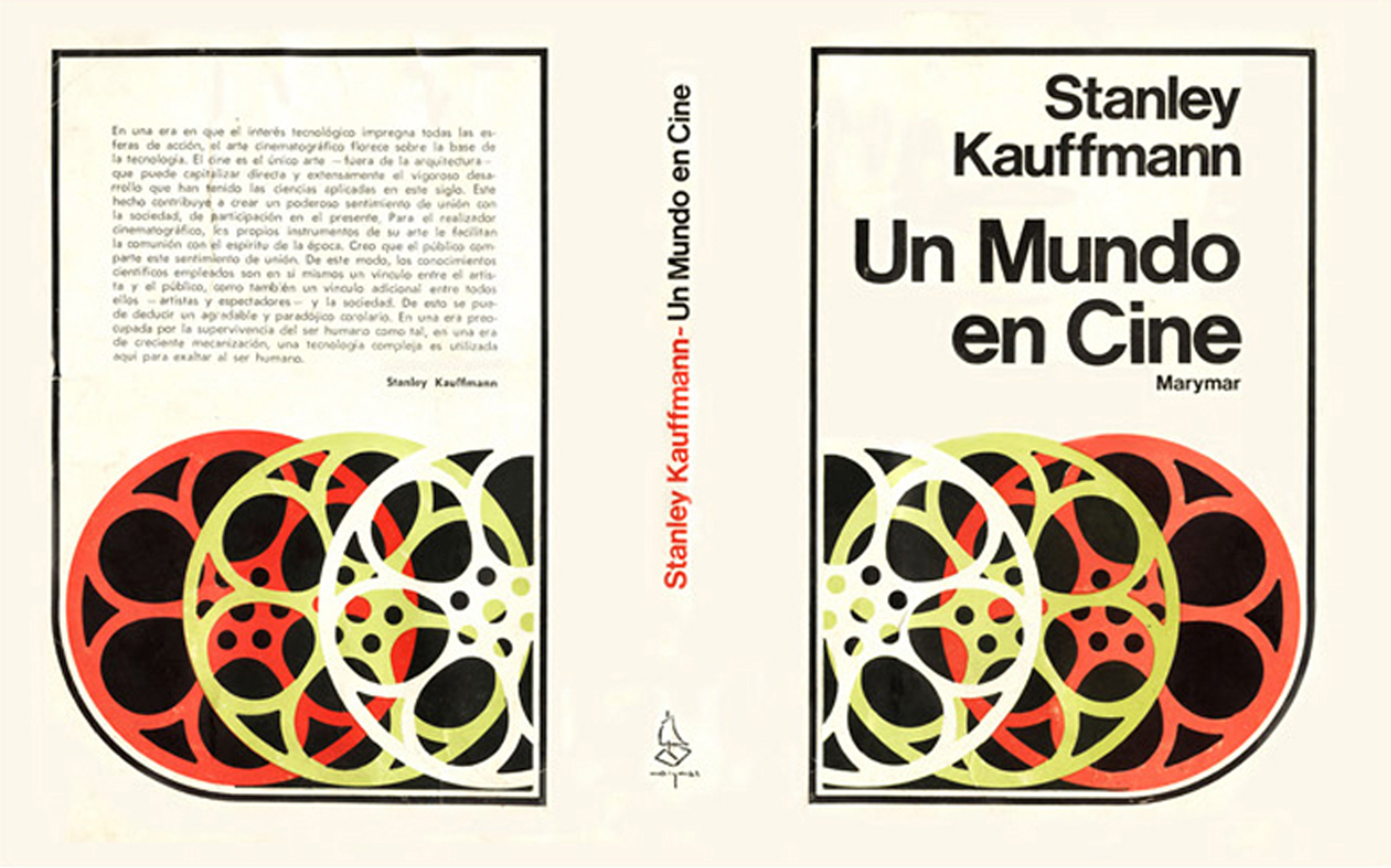The house that his parents built when Horacio was about to be born, located in Alberdi street 62, Temperley. Then the family would move two blocks away, to Cervantes 77, where he would spend his childhood and adolescence. Here with who he calls “his two Titans”.
Horacio Cardo
Born in Temperley, Buenos Aires, Argentina, on May 20, 1944. He became a professional cartoonist at the age of 17, working for Tía Vicenta magazine, the Sunday supplement of newspaper El Mundo.
At 21 he received his first Golden Medal at the Illustrators Annual Hall of Argentina, an award given by two art celebrities, Demetrio Urruchúa and Raúl Soldi, in a joint exhibition at Peuser Gallery, Buenos Aires in 1965.
It was also in 1964 that he began to work for the Compañía General Fabril Editora, the largest Argentinean publishing house at that time, and was entrusted with the illustration of a burning book, unique to the present: El Compadrito: su destino, sus barrios, su música, by Jorge Luis Borges and Silvina Bullrich, that would become an editorial success at that time.
Taking advantage of the public’s acclaim, Fabril published other tittles illustrated by the artist: “Buenos Aires, arrabal, sainete y tango, by Domingo Casadeval and Timba, cuentos de la picaresca porteña, by León Mirlas, El Payador perseguido and El Canto del viento, both by Atahualpa Yupanqui, Antología Apócrifa, by Conrado Nalé Roxlo, Twice-Told Tales, by Nathaniel Hawthorne, among many others with covers illustrated by the artist. Several companies summoned him to illustrate covers for their books too (Siglo Veinte, Editorial Paidós, Editorial Kier, Editorial Marymar, Ediciones Dédalo, and others) where he illustrated Death in Venice by Thomas Mann, “A world in cinema”, by Stanley Kauffmann, Gandhi, by Romain Rolland, The Second Sex, by Simone de Beauvoir, just to mention a few.
He began to work as a freelance humorist with the cultural supplement of El Cronista Comercial newspaper, and later at the Art Department of Codex.
“Our society is marked”, according to Adorno, “by the sense of what is the same, standard taste. In the “administrative world”, the biggest danger for art is the ¨de-artification¨ (Entkunstung), which is, the loss of its artistic character, while being absorbed by this consumer society.
It was around that time that a tornado destroyed the town of Adrogué —which would be declared emergency zone— and Cardo’s house was turned into a mass of rubble.
Immediately he got a job as Art Director in Discolibro SA, a company dedicated to the direct sale of cultural material. From there he moved on to 5 Areas magazine, also as an Art Director.
He tirelessly worked with almost every magazine in Buenos Aires: Revista Tía Vicenta, of de Diario El Mundo, Somos magazine, from Editorial Atlántida, Corde Magazine, from Fundación Favaloro, Siete Días Illustrated and Panorama, from Editorial Perfil, Eroticón magazine, directed by Oscar Blotta, El ratón de occidente, magazine from La Urraca Editions, created by memorable Andrés Cascioli, Temas Magazine from Petroquímica General Mosconi, Periodismo Empresario, Acción Magazine, from Instituto Movilizador de Fondos Cooperativos, and many others.
His presence was a consolidated as an illustrator for Clarín, which motivated the Sociedad de Distribuidores de Diarios, Revistas y Afines (Newspaper, magazine’s Distributor’s Society) to invite him in June 1982 to participate in a cycle of lectures by Jorge Luis Borges and René Favaloro. Cardo’s works were the framework for these landmarks of intellectuality in Argentina.
He produced the images for the Spanish Cinema Festival, organized bythe Spanish Embassy in Argentina and the Ministry of Culture of Spain, and soon after the ones for the French Cinema Festival, with the active organization of the French Embassy in Argentina.
It was during this time that he designed Nuestra Ciudad magazine, published by the Secretaría de Cultura de la Ciudad de Buenos Aires, also Plural magazine and Crónicas newspaper, for the Hebraic Society in Argentina, and Acordes magazine for SADAIC (Argentine Society of Music Authors and Composers).
In 1983 he traveled to New York and stayed a few blocks away from The New York Times, newspaper where he immediately and steadily started contributing, not only in their habitual editorial page, but also with the International Herald Tribune, also known today as The Global Edition of the New York Times, printed in Paris and distributed in Europe and Asia.
Three North American glories of visual arts, Al Hirschfeld, Brad Holland and Saul Steinberg, immediately called the newspaper to ask “Who is this artist, Cardo?”* (All the Art That’s Fit to Print. And Some That Wasn’t. Inside The New York Times Op-Ed Page). Another famous artist, Jack Levine, whose work is at the Metropolitan Museum of New York, also hurried to find out who Cardo was.
The New York Times would become the professional opening door to the United States; once his work was seen there, other newspapers and magazines wanted to rush him. One of them was the Washington Post, for which he contributed in various sections and he even went to Washington to meet those with whom he worked. Something similar happened with the Los Angeles Times, where the Director of Art in Chief, Tom Trapnell, summoned him for the Opinion page. This relationship would last until the designer’s retirement.
The Art Director in Chief, Judy Anderson, from Chicago Tribune, did not only promote him to illustrate articles of the newspaper, but she also introduced him to a Sunday magazine, where he did various illustrations that would become prizewinning. In addition to these newspapers, he worked for the The Boston Globe, The Wall Street Journal, New York Newsday, the San Diego Union, The Sun Sentinel, from Florida, The Seattle Times and others. In 1987 he decided to move to the United States permanently and the number of media with which he contributed rose in number. Among them, we can me mention Time and Money magazines, both from Time Corporation, BusinessWeek, Newsweek, Institutional Investor, Playboy, Bloomberg, The Nation, Slate (digital magazine published by Microsoft), Foreign Policy, Lingua Franca, Audio, Financial World, The New York University, The Progressive, Travel & Leisure, Countryside, Ms. magazine, The American Prospect, American Banker, Manhattan Lawyer, Lotus, NACLA, Food Management, Woman’s Day Special, Field & Stream, Seattle Weekly, and many others.
Settled in Manhattan, he contributed with international magazines and newspapers, such as Le Monde, from Paris, France, London’s BBC (illustrations for video documentary), Enciclopaedia Britannica, Panorama, from Italy, Actualidad Económica, from Madrid, Courier Japan, Onze Wereld, from Holland, Science & Vie Junior, from Excelsior Publications, Paris, France, and through organized work (Inx Syndicate), with countless media around the world.
Steven Heller would later publish a series of Cardo’s conceptual ideas in a book written in collaboration with Seymor Chavast, “Sourcebook of Visual Ideas”. Van Nostrand Reinhold, New York, U.S.A., 1989.
He designed posters for movies and Broadway theatre plays, through Serino Coyne, from New York , and special contributions to companies not strictly of the media, such as Mobil, CBS Records, Young & Rubicam, Lipson-Alport-Glass & Associates, The Continuum Publishing Group, Irena Chalmers Food Publications, etc.
In 2008, Editorial Planeta, from Barcelona and El Mundo newspaper, from Madrid, decided to publish a series of sixty books each one sold together with the newspaper. The illustration of all those covers was done by Cardo.
In one of his trips to Argentina he was hired by diario Río Negro newspaper, from General Roca, to entirely re-design the newspaper, which at the time was threatened by the imminent appearance of La mañana de Newquen newspaper. The success was complete when the latter went out in the streets, the only thing people talked about is the renewed aspect of Río Negro.
Angel Borisoff (1921, Buenos Aires - December 30, 1982), Argentine illustrator, portraitist and comic strip artist of exceptional talent, one of Horacio’s professors at the Pan-American School of Art. It was a great pride for him to have being selected at 16 to be portrayed by Borisoff. A unique and invaluable gift.
First Prize of Cardo’s career, Gold Medal, at the Annual Salón of Drawing, 1965.
First edition of “El compadrito, su destino, barrios, su música”, by Jorge Luis Borges and Silvina Bullrich. Notice the extreme natureof his drawing at that time.
“Buenos Aires, arrabal sainete y tango”, by Domingo Casadeval, and “Timba, cuentos de la picaresca porteña”, by León Mirlas.
A world in cinema, by Stanley Kauffman, Marymar publishing house
Original engraving to print the cover of "Antología apócrifa", by Conrado Nalé Roxlo.












